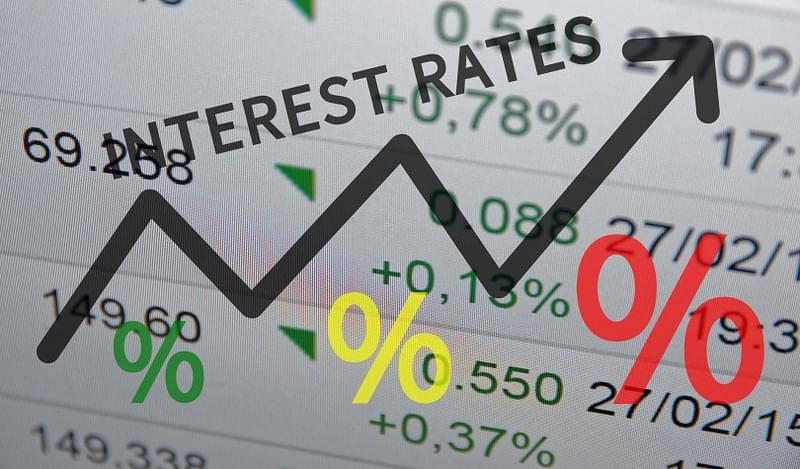According to an IIF report quoted in Reuters, net inflows into EM stocks and bonds amounted to US$5.5bn in the month ending mid-September, down from US$16.5bn the previous period.
“Fears over the Fed took a very significant role in a weakening of EM inflows earlier in September,” said Jakob Christensen, chief analyst and head of EM research at Danske Bank, adding that despite the fact that EMs have enjoyed a good summer following the evaporation of Brexit fears, there was a lot of cautiousness in the markets over the Fed’s decision.
The US Federal Reserve voted to keep rates on hold at a policy meeting on September 21. As a result, the EM rally is likely to continue.
“We do not believe that the Fed will hike this year. Conditions could therefore remain quite conducive, meaning there is a cautious argument for the continuation of the EM rally.”
Despite the Fed’s cautiousness, it is likely to try to temper market expectations – Christensen noted that they would want to continue to instil some prudence into the market by maintaining the expectation of a market rate hike.
Alongside a dovish Fed, another factor that has been crucial to the rally in EM this year has been the stability of China and the relatively positive performance of the country’s construction sector, which has driven the demand for commodities.
China currently accounts for 50% of global metal demand, much of which is imported from across EMs.
Although EMs have enjoyed a ‘good summer’ as Christensen noted, the outlook for developing economies is not as positive for 2017.
“We are seeing the China story becoming slightly more negative in 2017, with a rebound in the construction sector tailing off and a more subdued growth outlook, which would weigh on the fundamental side of EM.”
Chinese GDP growth has fallen slightly from 6.9% to 6.7% year-on-year according to Trading Economics.
“In addition, you have the Fed coming in 2017 which would also weigh on EMs. This means there will be a more cautious outlook on EMs next year,” stated Christensen.
Other events in the US also have the potential to heavily impact EMs before the year is through.
The US election will be the major risk factor over the coming months, which will create uncertainty and will be negative for EMs, particularly if Trump makes gains in the polls.
Regardless of the outcome of the election, once it has passed, Christensen said that there will then be renewed talk of a Fed hike in December. Although the Fed could keep rates on hold, similarly to this month, the run up to the decision could lead to outflows from EMs.
However, fundamentally speaking many EMs have adjusted quite significantly to the new market conditions. In Mexico, Christensen noted, the government has presented an extremely prudent budget, and if there was not the concern over a Trump presidency, the Mexican peso would be a top performer.
The peso has fallen substantially on Trump’s performance in the US presidential race, and is currently trading at 19.7181 to the US dollar according to Bloomberg, down from 18.5693 month-to-date.









